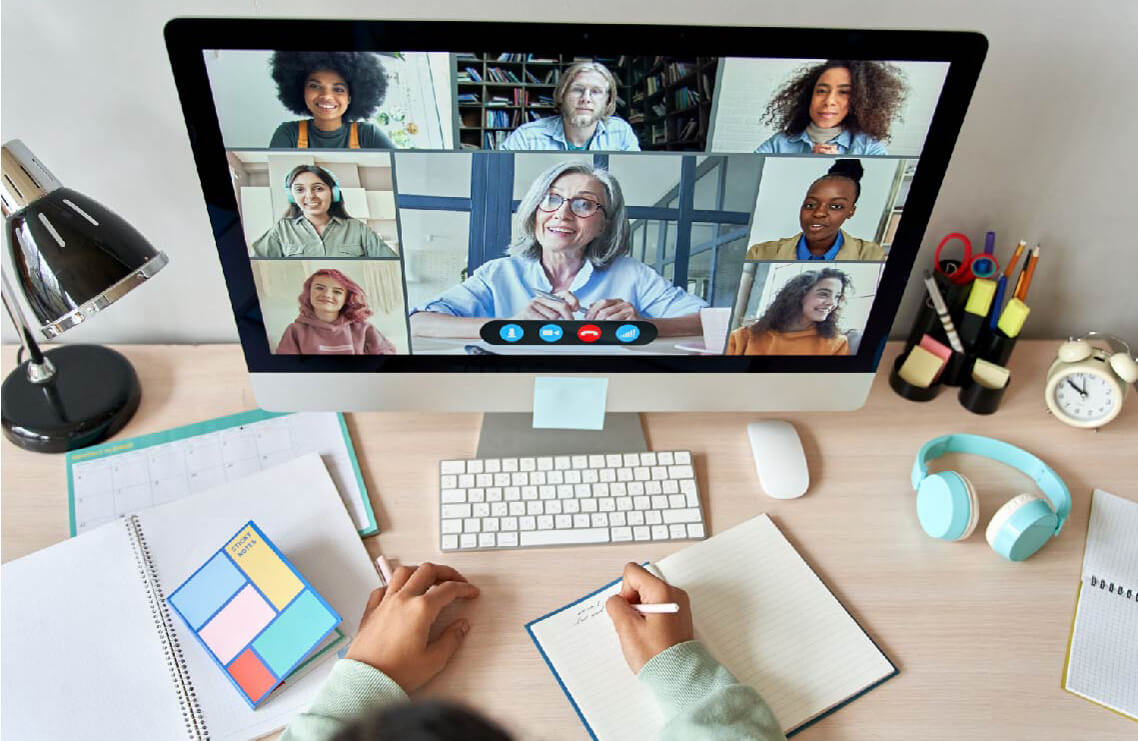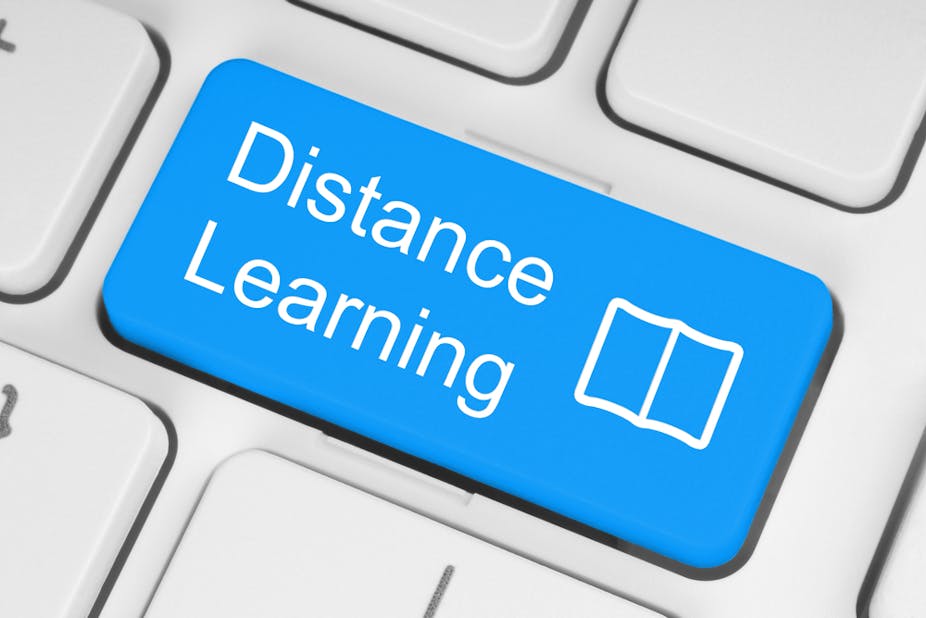Distance Education: Strategies for Effective Learning
- Update Time : Wednesday, May 8, 2024

Distance education allows students to learn remotely, often online, without being physically present in a traditional classroom setting. It offers flexibility and convenience for individuals balancing work, family, or other commitments while pursuing their education.
This mode of learning has gained popularity in recent years due to advancements in technology and the increasing demand for accessible education options. Distance education programs provide a wide range of courses and degree options, catering to diverse learners worldwide.
Students can access resources, interact with instructors, and collaborate with peers virtually, making learning more convenient and accessible than ever before. This educational model continues to evolve, offering innovative ways for individuals to enhance their knowledge and skills from anywhere in the world.
The Rise Of Distance Education
The rise of distance education has been driven by several factors, including accessibility, flexibility, and cost-effectiveness. Students can access educational resources and lectures from anywhere, at any time, allowing for greater flexibility in their schedules. Online learning also eliminates the need for commuting and the associated costs, making it a more cost-effective option for many learners.
When comparing traditional and online learning, it’s important to consider the interactive nature of online platforms, which often feature discussion forums, video conferencing, and other collaborative tools. Additionally, personalized learning experiences can be tailored to individual students’ needs, offering targeted support and resources.
Setting Up For Success
Establish a designated study area at home for uninterrupted learning. Ensure good lighting and comfortable seating. Utilize essential tech tools like a reliable computer and high-speed internet. Organize study materials within reach. Invest in noise-canceling headphones for focus.
Effective Time Management
Distance education requires effective time management to succeed. Scheduling and planning play a crucial role in managing time efficiently. It’s important to set clear priorities and allocate specific time slots for each task. Additionally, avoiding procrastination is essential for maintaining a productive study routine. Creating a realistic study schedule helps in staying on track and completing assignments on time. Moreover, utilizing time management tools such as calendars, planners, and apps can aid in organizing tasks effectively. By implementing these strategies, students can optimize their time and achieve success in their distance education endeavors.
Interactive Learning Techniques
Distance education offers flexible learning opportunities through interactive techniques such as leveraging multimedia resources. Students can access educational materials in various formats, including videos, audio recordings, and interactive simulations. Participating in online discussions allows for collaborative learning and the exchange of diverse perspectives. These techniques promote engagement and active participation, enhancing the overall learning experience.
Self-motivation In Distance Learning
Distance Education can be a great way to learn at your own pace and on your own schedule. Self-motivation is crucial for success in distance learning. Setting clear goals and regularly reviewing them can help you stay focused and on track. Staying inspired by connecting with fellow students, seeking out support, and celebrating your achievements can also keep you motivated. Remember to take breaks and practice self-care to avoid burnout. With the right mindset and support system, you can thrive in a distance education environment.

Credit: www.parallels.com
Collaboration And Communication
Distance Education provides an opportunity for collaboration and communication. Building a virtual study group can enhance the learning experience for students. Effective use of communication tools such as video conferencing, discussion forums, and messaging platforms can facilitate seamless interaction among students and instructors. These tools enable real-time discussions and peer collaboration, fostering a sense of community in the virtual learning environment. Additionally, students can leverage these tools to seek clarifications and support from their peers, creating a dynamic and engaging learning experience. Interactive communication platforms also promote active participation and knowledge sharing among students, contributing to a rich and inclusive learning environment.
Evaluation And Feedback
In Distance Education, evaluation and feedback play a crucial role in assessing student progress and improving learning outcomes. Regular assessment and constructive feedback help students stay on track and enhance their understanding of the course material. Effective evaluation methods ensure a successful distance learning experience.
| Self-Assessment Strategies |
| Seeking Constructive Criticism |
Distance education programs emphasize self-assessment techniques for evaluation. Students are encouraged to evaluate their own progress regularly. Seeking constructive criticism from peers and instructors aids in improvement. Feedback is vital for self-improvement and growth in distance learning environments. Constructive feedback enhances performance and learning outcomes. Engaging in self-assessment fosters responsibility and motivation in students. It is crucial for students to reflect on their work and address areas needing development. Continuous self-assessment and feedback are integral to successful distance education experiences.

Credit: www.linkedin.com
Adapting To Different Learning Styles
Distance education provides flexibility for adapting to different learning styles. Identifying your learning preferences is essential for customizing the learning experience. Understanding whether you learn best through visual, auditory, or kinesthetic methods can help you tailor your distance education experience to suit your individual needs.
For visual learners, incorporating diagrams, charts, and videos into your study materials can be beneficial. Auditory learners may find it helpful to listen to lectures or educational podcasts. Kinesthetic learners often benefit from hands-on activities and interactive learning experiences. By recognizing your preferred learning style and making adjustments accordingly, you can optimize your distance education experience and enhance your overall learning outcomes.
Assuring Academic Integrity
Ensuring academic integrity in online assessments is crucial. Understanding the concept of plagiarism is essential. Plagiarism can have serious consequences for students. It is important to promote honesty among learners. Implementing best practices can help maintain academic honesty.

Credit: theconversation.com
Continual Learning And Improvement
Embracing lifelong learning is crucial for both personal and professional growth. With advancements in technology, it has become easier than ever to access a wealth of information and education opportunities online. Utilizing online learning can help individuals enhance their skills and knowledge, leading to career advancement and new opportunities.
| Benefits of Distance Education | Challenges of Distance Education |
|---|---|
| – Flexibility to learn at your own pace and schedule – Access to a wide range of courses and programs – Ability to balance work and education – Cost-effective option for education |
– Lack of face-to-face interaction with instructors and peers – Requires self-discipline and motivation – Technology and internet access limitations – Potential for isolation and lack of support |
Despite the challenges, distance education can provide individuals with the tools and skills needed to achieve their personal and professional goals. By embracing lifelong learning and utilizing online learning opportunities, individuals can continue to improve and advance in their careers.
Frequently Asked Questions
What Is The Definition Of Distance Education?
Distance education is a method of learning remotely without being physically present in a traditional classroom.
Is Distance Education The Same As Online?
Distance education and online education are similar in that they both allow students to learn remotely. However, distance education typically involves learning through printed materials that are mailed to the student, while online education is conducted entirely over the internet.
What Is The Study Of Distance Education?
Distance education is the study of remotely learning without being physically present in a traditional classroom setting.
How Effective Is Distance Education?
Distance education can be highly effective, offering flexibility and accessibility. It allows students to learn at their own pace, from anywhere. However, success depends on self-discipline and motivation. Interactive online tools and support from instructors contribute to its effectiveness.
Conclusion
Distance education has opened up new opportunities for students who otherwise wouldn’t have access to education. With the rise of technology, distance education is becoming more accessible and more effective. Students can now learn from anywhere in the world and at their own pace.
It is a flexible and affordable option that allows individuals to balance their personal and professional lives while pursuing education. As distance education continues to evolve, it will undoubtedly play a crucial role in shaping the future of education.


















Thanks for sharing. I read many of your blog posts, cool, your blog is very good.